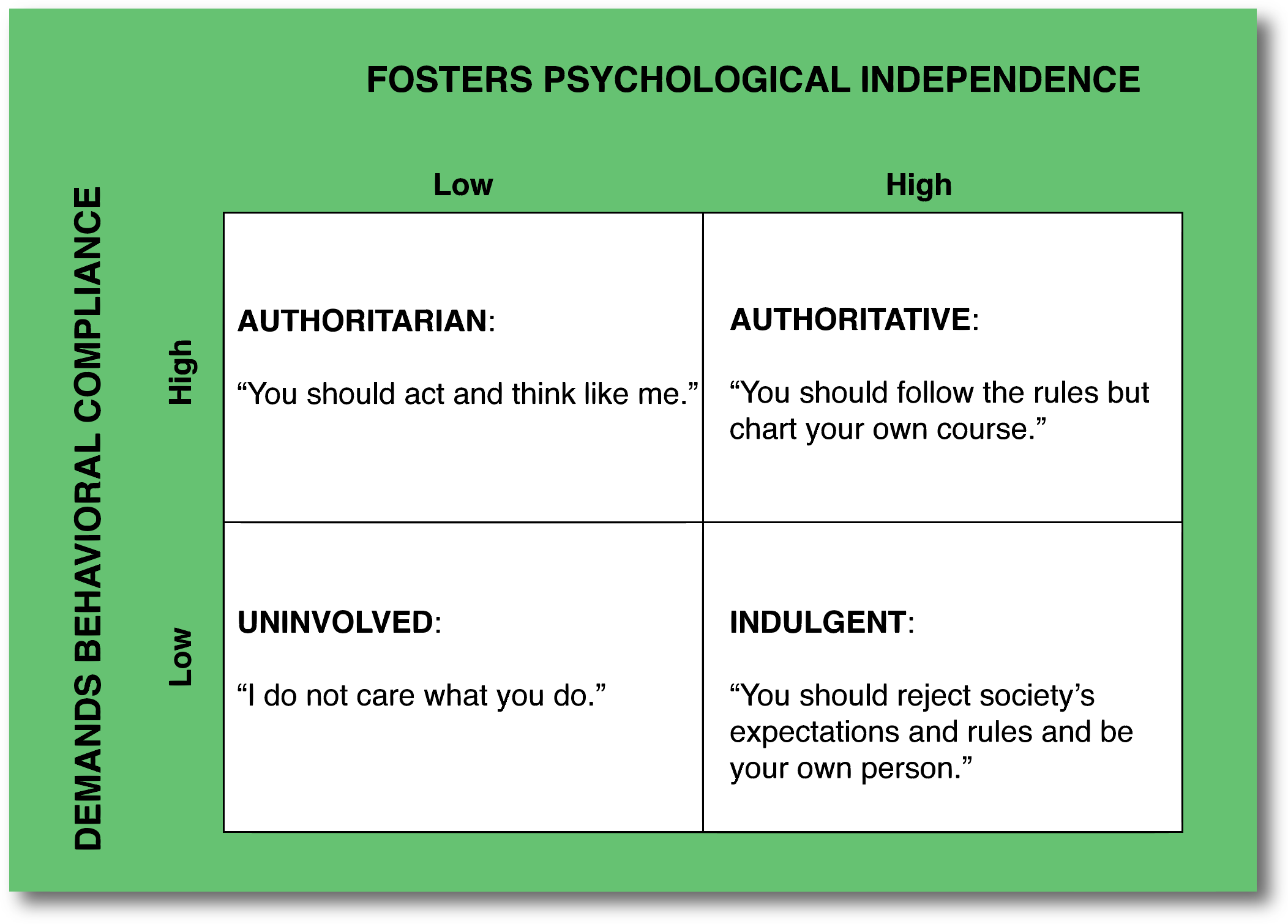As the father of two teenage girls, any article about parenting tends to catch my attention. I found an article Parenting Style and Its Correlates by Nancy Darling particularly interesting both as a parent and as an administrator for a community corrections facility. While there is not much new information in this article about which parenting style typically results in well-adjusted children, it is a great summary. What was new for me in reading this article is the parallel that I see in working with offenders.
A Couple Key Definitions
Parenting: It is assumed that the primary role of all parents is to influence, teach, and control their children. A parenting style is the overall pattern of the extent and focus of control.
Psychological control: "You should adapt my values, goals, and judgments."
Behavioral control: "You are expected to play by the rules of this family."
Parental responsiveness refers to "the extent to which parents intentionally foster individuality, self-regulation, and self-assertion by being attuned, supportive, and acquiescent to children's special needs and demands."[i] I refer to this characteristic in the table below as “fosters psychological independence.”
Parental demandingness refers to "the claims parents make on children to become integrated into the family whole, by their maturity demands, supervision, disciplinary efforts and willingness to confront the child who disobeys."[ii] I refer to this characteristic in the table below as “demands behavioral compliance.”
Can you start to see the parallel between parenting and our work in supervising offenders?
Read More





